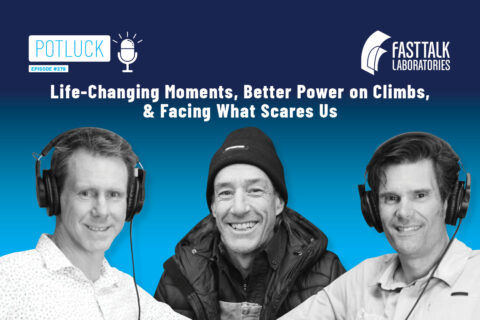
Potluck Discussion: Life-Changing Moments, Better Power on Climbs, and Facing What Scares Us
We discuss an eclectic group of odd, challenging, and humorous training topics in this week’s Potluck.

We discuss an eclectic group of odd, challenging, and humorous training topics in this week’s Potluck.
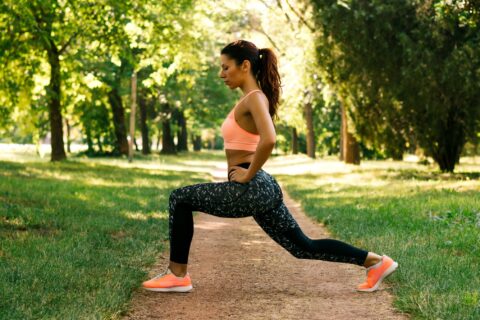
Late season is when all the aches and pains start. Here’s a 10-minute routine after your ride to keep your legs revving for another month.
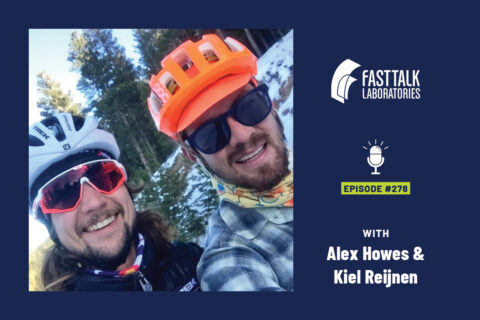
Discover how a strong peloton adds complexity to cycling, where strength alone won’t ensure victory. Seasoned pros Alex Howes and Kiel Reijnen share their insights from competing in Grand Tours on how to master the game of peloton strategy, no matter the hand you’re dealt.

Learn from dermatologist Dr. Lela Lankerani and other experts about the importance of skincare for endurance athletes.
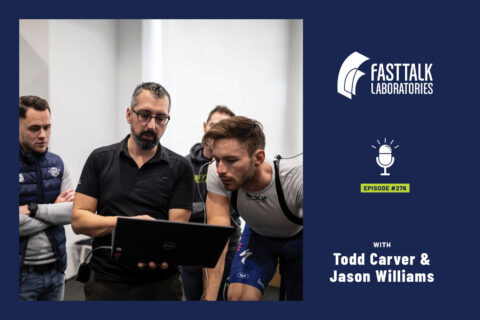
Join us as we explore the power vs. aerodynamics debate. Specialized’s Todd Carver and Retul’s Jason Williams reveal the secrets to finding your speed.
We consider comfort, speed, and event specifics across multiple cycling disciplines. The sacrifices may surprise you!
Featuring expert guests Lennard Zinn, Jeff Winkler, Ryan Bolton, Robin Carpenter, influencer Ben Delaney.
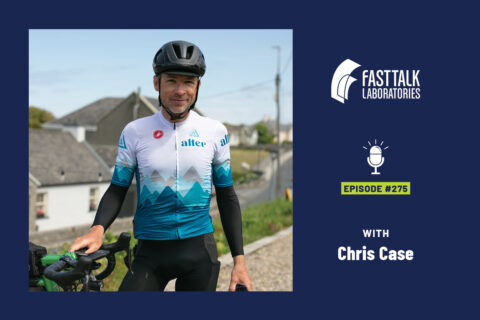
We venture into the exciting realm of bikepacking with Chris Case, former Fast Talk host and owner of Alter Explorations. He takes us on an exhilarating journey through his first bikepacking race—the TransAtlantic Way.
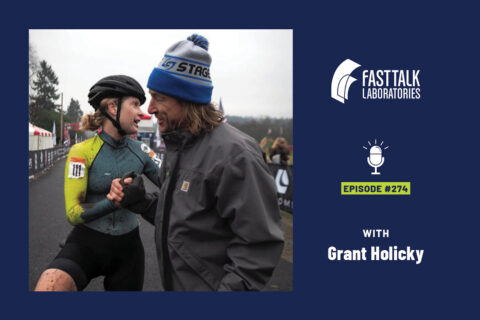
In this roundtable discussion, we dive into how personal connections between athletes and coaches may be more important than training plans.
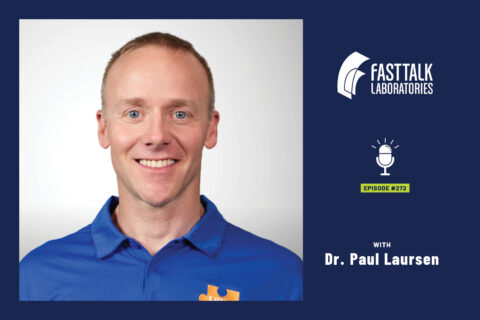
We discuss the questions of whether a low-carbohydrate diet truly hurts performance and if it is better for our health.

Your lactate threshold may not be what you think it is. Coach Trevor Connor explores the true definition of this physiological turn point.
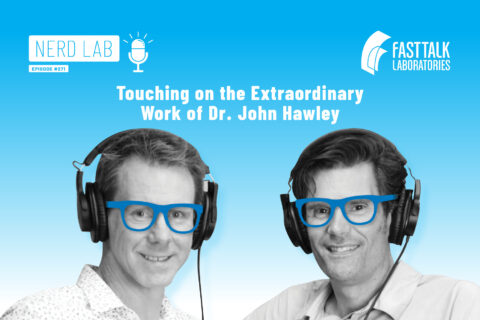
We dive into the work of Dr. John Hawley – he has produced many seminal studies and papers in exercise science since the 1990s. Today, we wilk look at a few of his key papers on carbohydrates and how we adapt.

We discuss a host of odd, interesting, and humorous training topics in this week’s show.
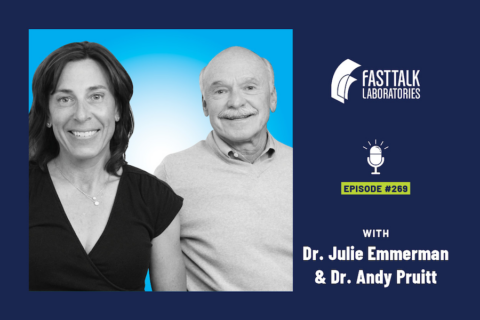
All athletes fear the injury that takes years to recover from or permanently changes their lives. We talk with several experts on how to manage serious injury and find yourself again.
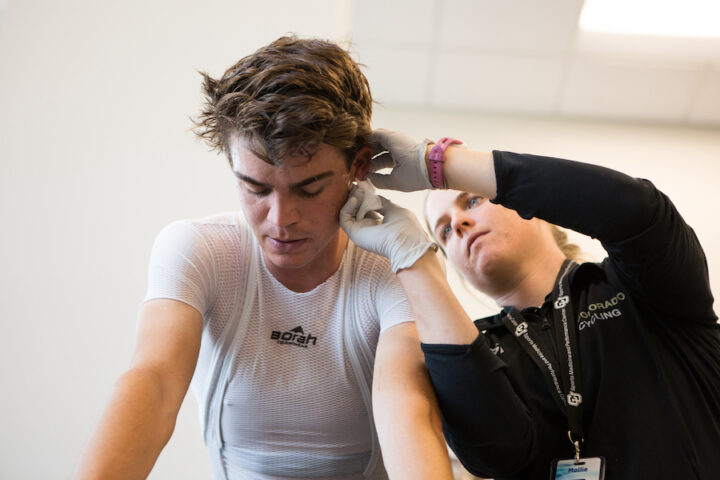
Find out all the dos and don’ts of physiological testing as we break down VO2max and lactate/ramp testing.
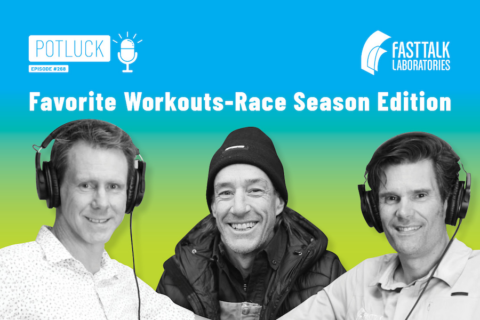
We hear from Fast Talk all-star guests like Lachlan Morton and Stephen Hyde about their favorite race season HIIT work.

Interval workouts are often tough and many athletes finish them wondering if they were effective. We discuss how to get the most from your interval workouts with Dr. Stephen Seiler.

There has been an explosion in new metrics on wearable devices including oxygen saturation, sleep analysis, and glucose monitoring, but how much should we rely on them and do they really help us?
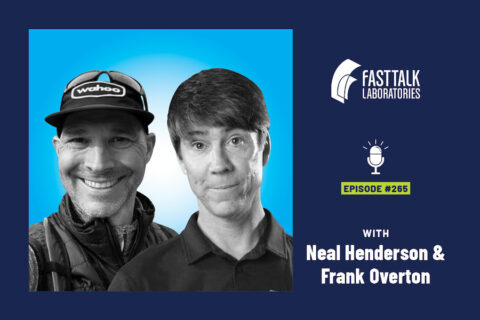
Training zones have served an important role for decades, but with the sophistication of training software and portable devices, do they still have a place?
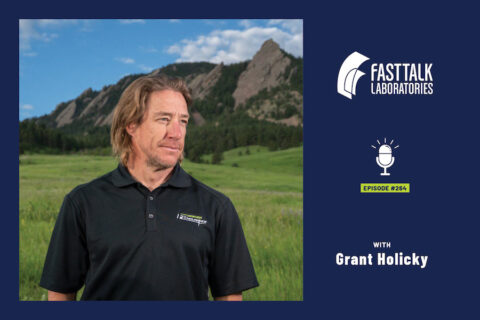
If Coach Holicky could boil sports psychology down to one concept, it’s being present in everything we do. We explore this concept and how it ties together mental toughness, motivation, and even pain tolerance.